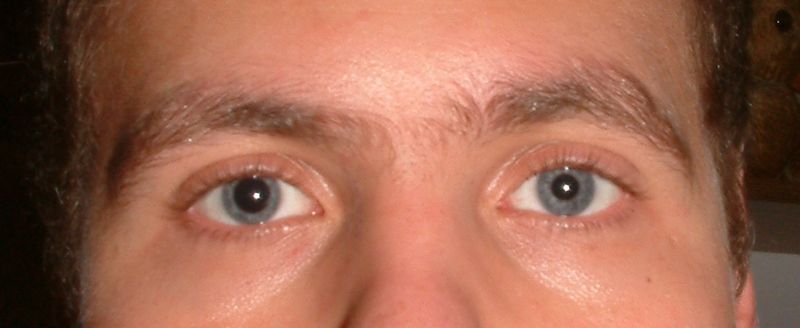Concussion physical examination
|
Concussion Microchapters |
|
Diagnosis |
|---|
|
Treatment |
|
Case Studies |
|
Concussion physical examination On the Web |
|
American Roentgen Ray Society Images of Concussion physical examination |
|
Risk calculators and risk factors for Concussion physical examination |
Editor-In-Chief: C. Michael Gibson, M.S., M.D. [1]
Please help WikiDoc by adding more content here. It's easy! Click here to learn about editing.
Overview
Diagnosis of MTBI is based on physical and neurological exams, duration of unconsciousness (usually less than 30 minutes) and post-traumatic amnesia (PTA; usually less than 24 hours), and the Glasgow Coma Scale (MTBI sufferers have scores of 13 to 15). Neuropsychological tests exist to measure cognitive function. The tests may be administered hours, days, or weeks after the injury, or at different times to determine whether there is a trend in the patient's condition.
Physical Examination

Athletes may be tested before a sports season begins to provide a baseline comparison in the event of an injury.[1] Health care providers examine head trauma survivors to ensure that the injury is not a more severe medical emergency such as an intracranial hemorrhage. Indications that screening for more serious injury is needed include worsening of symptoms such as headache, persistent vomiting, increasing disorientation or a deteriorating level of consciousness, seizures, and unequal pupil size.
References
- ↑ Maroon JC, Lovell MR, Norwig J, Podell K, Powell JW, Hartl R (2000). "Cerebral concussion in athletes: evaluation and neuropsychological testing". Neurosurgery. 47 (3): 659–69, discussion 669-72. PMID 10981754.